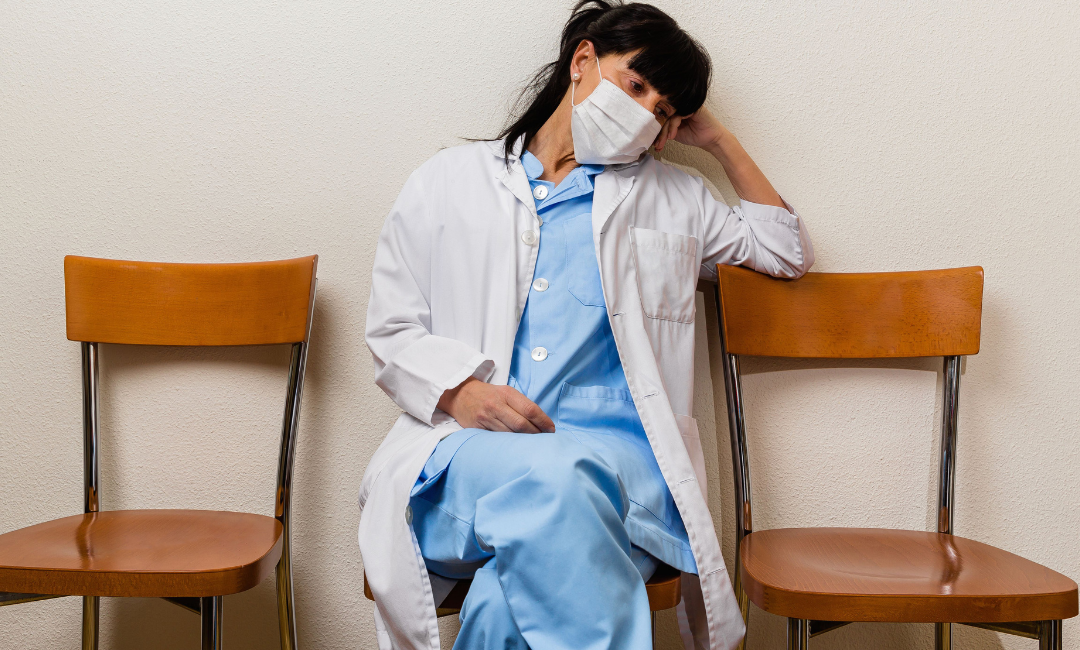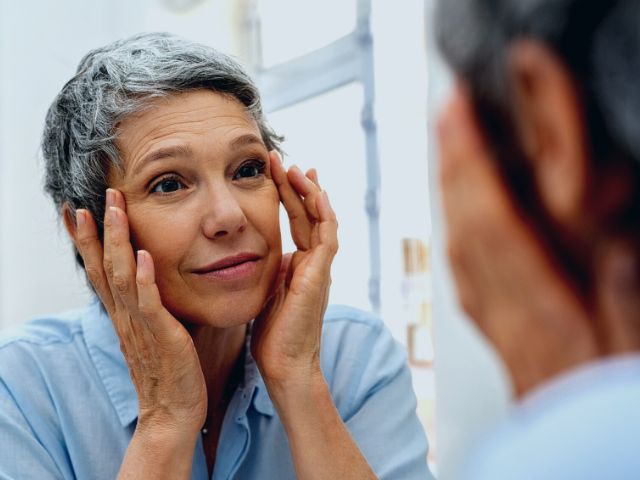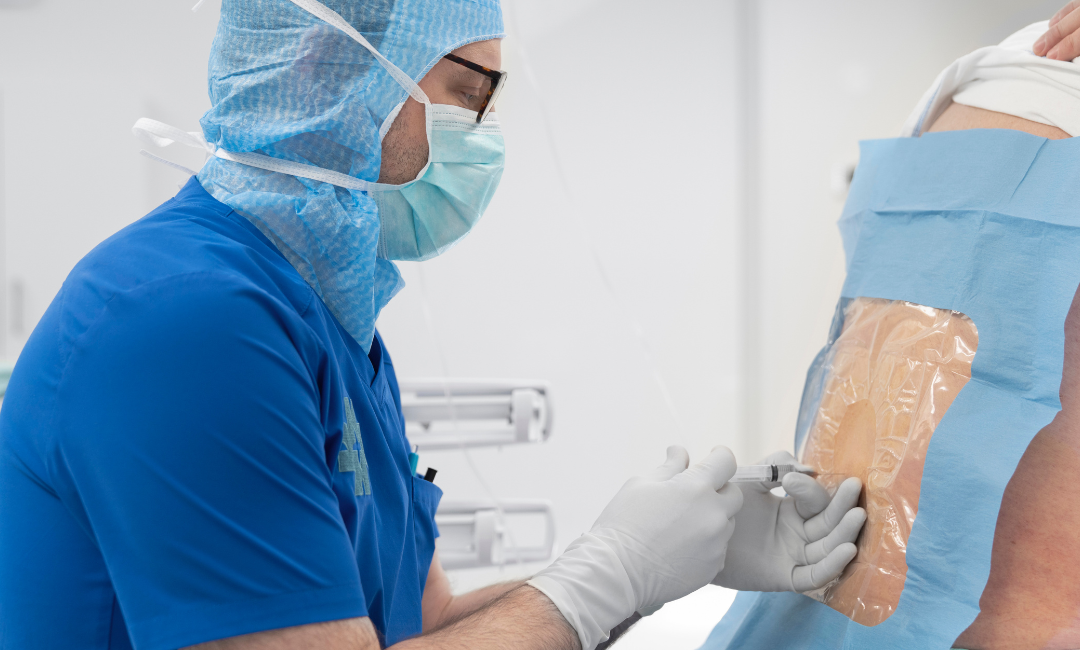Types of Skin Conditions
Dryness & Itching
Dry skin in elderly adults is very common and it is said that more than half of older adults have it. Some of the reasons may be due to a loss of sweat and oil glands, not drinking adequate amounts of water, and certain health conditions such as diabetes and kidney disease.
The skin may become cracked, painful, and itchy. Scratching can cause skin irritation and can possibly open the way for infection-causing germs to enter.
Age Spots
The skin of older adults is often dotted with age spots due to years of sun exposure. These flat, tan, or dark brown spots, which some call liver spots, typically show up on skin that has received the most sun, such as the face, arms, and back of the hands. The spots are harmless but many dislike the look of them.
Skin Tags
Skin tags are soft, spongy, often flesh-colored growths of tissue that typically appear on the eyelids, neck, thighs, and skin folds such as the armpits, groin, and under the breasts. They may hang from the skin on small stalks.
Skin tags are more common in women, people who are overweight, older adults, and people with diabetes. They can become irritated if clothing rubs against them or if jewelry snags them.
Easy Bruising
Aging skin is thinner, and there is less fat to act as a cushion and protector. Blood vessels are also more fragile and easily broken. Bruises happen when blood leaks out of blood vessels, so more broken vessels mean more bruising.
Older adults who take blood thinners or even certain over the counter painkillers such as aspirin or ibuprofen may bruise more easily. A minor bump or scrape can result in a large amount of bruising which can cause great concern for loved ones and caregivers. The bruises are usually harmless, but anyone who often develops large bruises with no logical explanation should see a doctor to rule out any underlying health issues.
If a loved one or caregiver has any reason to suspect abuse as the cause of bruising, they should investigate further as soon as possible.
Skin Cancer
In older adults, the rates of melanoma spike and slower growing basal cell and squamous cell cancers also become more common. In addition to more years of sun damage, older adults have a decreased ability to repair pre-cancerous cells. Age is the strongest risk factor for non-melanoma skin cancers.
Shingles
Adults who had chickenpox as a child are vulnerable to shingles as adults. Older adults are especially vulnerable. Shingles begins with burning, itching, tingling, or extreme sensitivity in one area of the skin. A painful rash then develops, often with a fever or a headache. The rash eventually blisters and skin infections in conjunction with long-term nerve pain are possible complications.
Yeast Infections
A type of infection also known as candidiasis can occur in areas such as skin folds and on the buttocks area of immobile patients. Yeast infections of the skin cause itchy, red, and painful areas that are usually associated with a foul odor. Yeast infections are very common in the elderly population, especially after the use of broad-spectrum antibiotics.









